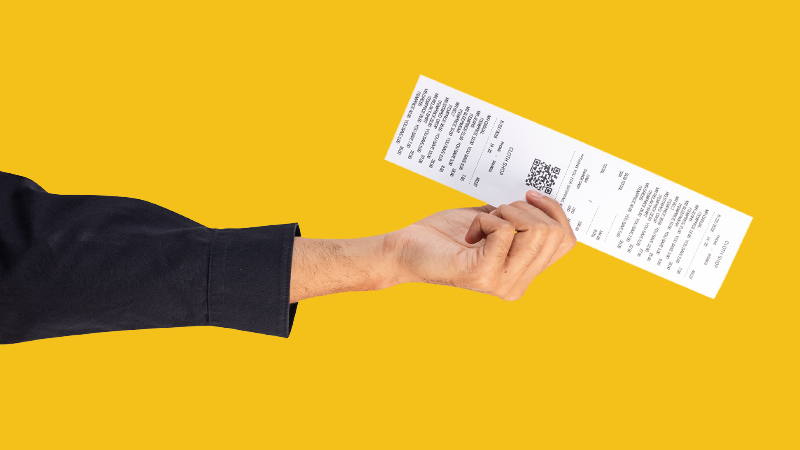
In the realm of healthcare, clarity and transparency are paramount, not only for patients but also for providers and insurers. The itemized receipt, a document that breaks down the intricacies of healthcare transactions, is a key instrument in achieving this transparency. This article delves into the crucial components that should be present in every itemized receipt to ensure a comprehensive understanding of healthcare services.
CPT Codes: The Foundation of Precision
Clinical Procedure Terminology (CPT) codes are the foundation of any itemized receipt. These standardized codes, maintained by the American Medical Association, precisely identify medical procedures and services. The inclusion of CPT codes on itemized receipts ensures accuracy and specificity, allowing both patients and stakeholders to discern the exact nature of the healthcare services rendered. This transparency aids in preventing confusion, promoting informed decision-making, and facilitating efficient communication between all parties involved.
Date of Service: Chronological Precision
The date of service is a fundamental element in an itemized receipt, providing a chronological record of when the healthcare services were administered. This detail is crucial for various reasons, such as tracking the progression of treatments, facilitating insurance claims, and assisting patients in managing their healthcare records. The inclusion of the date of service ensures that the receipt not only serves as a billing document but also as a historical record of healthcare interactions.
Description of Service: Clarity in Communication
A clear and concise description of the service provided is an indispensable component of an itemized receipt. This description goes beyond the technical language of CPT codes, providing a plain-language explanation of the healthcare service. This clarity is especially important for patients who may not be familiar with medical terminology, ensuring that they understand the nature of the services they received. A detailed description fosters transparency and strengthens patient-provider communication, contributing to a more informed and engaged healthcare experience.
Charge Amount: Financial Transparency
At the core of any financial transaction is the charge amount, and healthcare is no exception. The itemized receipt should explicitly state the charge amount associated with each service provided. This transparency is vital for patients to understand the costs associated with their healthcare, enabling them to make informed decisions about their medical expenses. Additionally, a clear indication of charges supports accurate billing processes and aids in insurance claims, contributing to a smoother financial workflow within the healthcare system.
Building Trust With Itemized Receipts
Itemized receipts are vital in the pursuit of transparency and clarity within the complex landscape of healthcare transactions. By incorporating essential components such as CPT codes, date of service, description of service, and charge amount, these receipts empower patients, providers, and insurers alike. As stakeholders in the healthcare journey, we can advocate for and expect itemized receipts that uphold these standards, fostering a healthcare ecosystem built on trust, understanding, and informed decision-making. To get reimbursed by Start for your medical bills, make sure to upload your itemized receipt to your portal. Call us with any questions at 800-894-9454.
Sources:
AMA – CPT Overview and Code Approval
Insurnaceopedia – Date of Service
Verywell Health – Reading Your Healthcare Provider’s Medical Services Receipt
Super Bill – What is an Itemized Bill? A Guide to Healthcare’s ‘Receipts’
Start – How It Works
Start – Member Portal